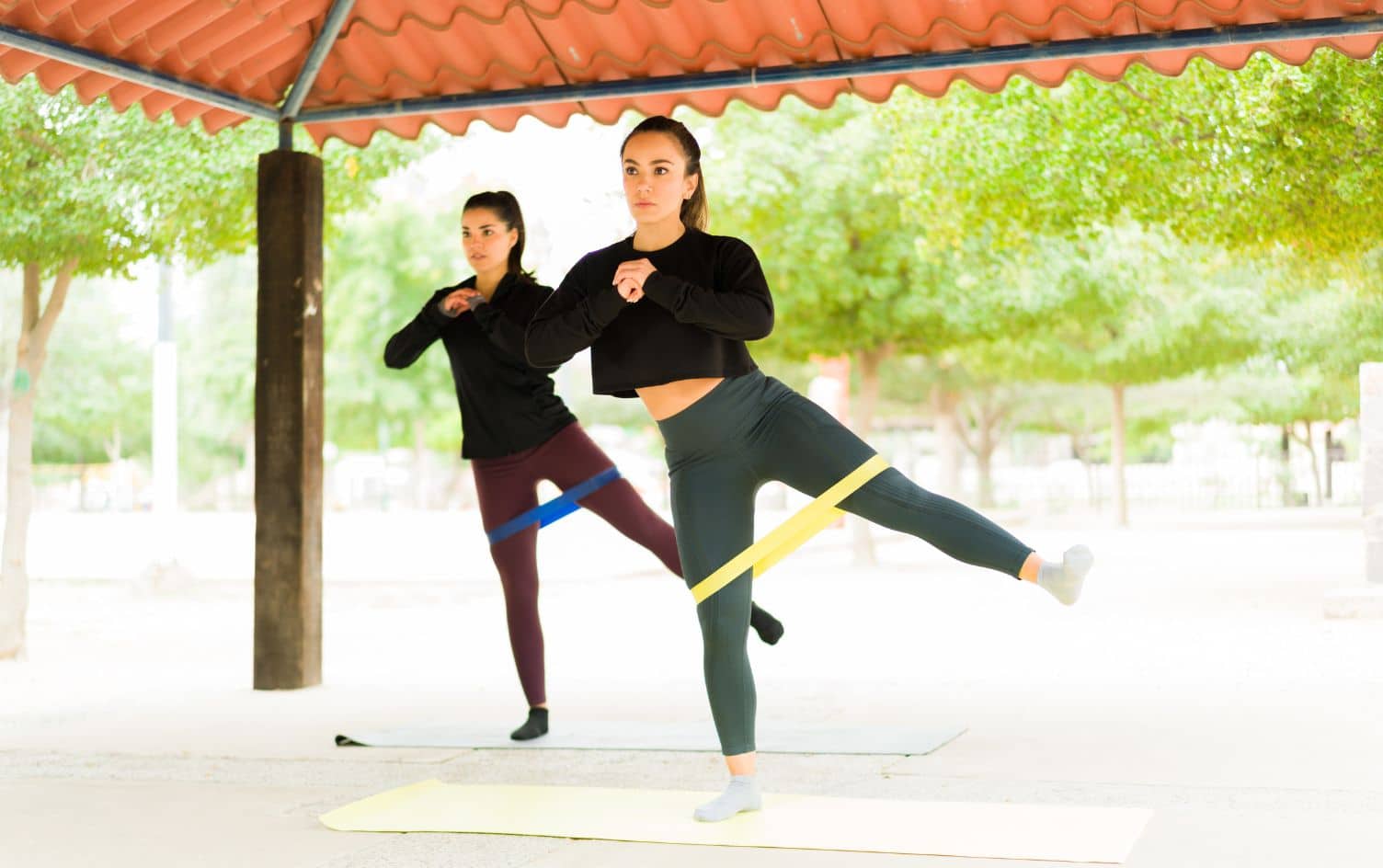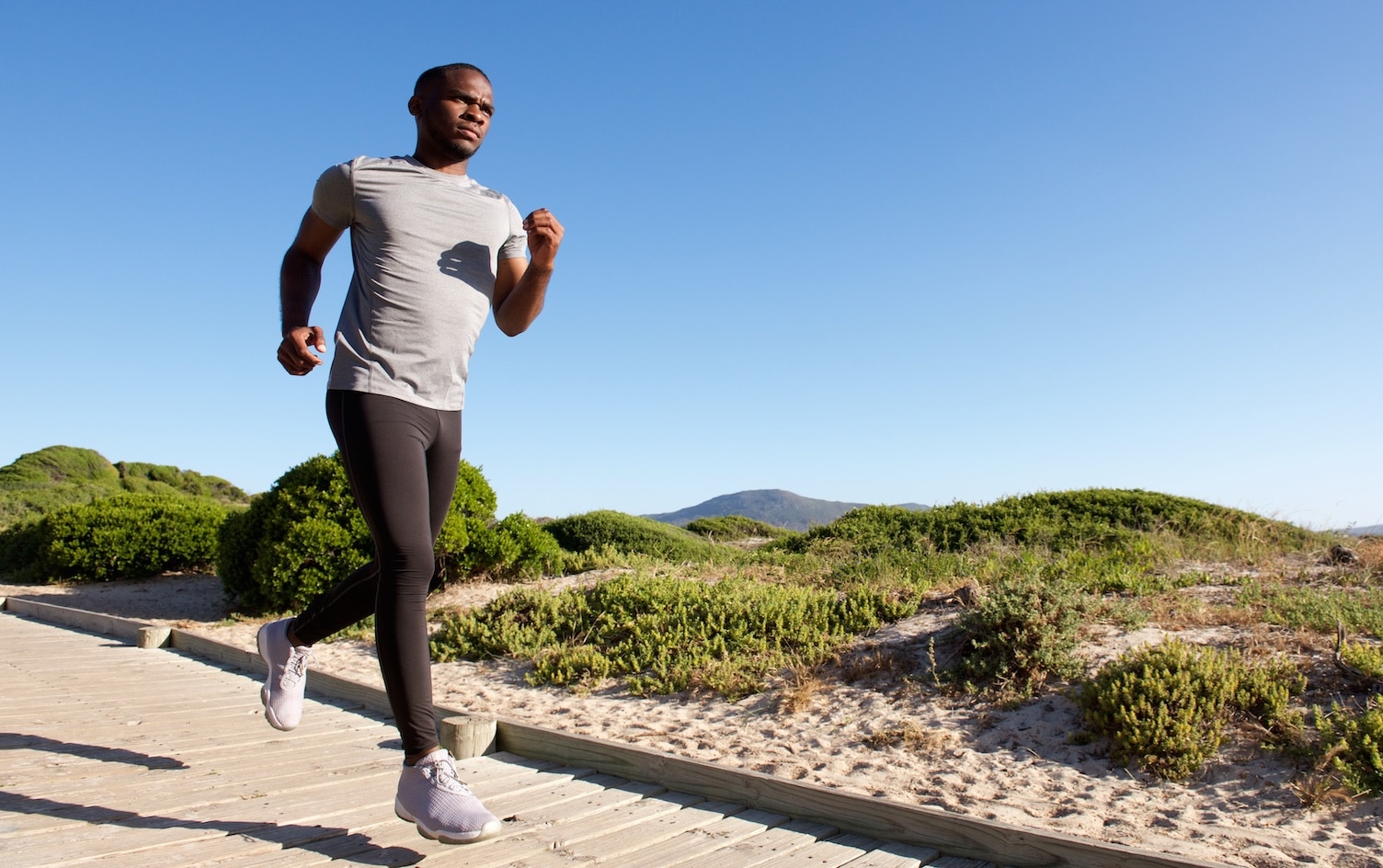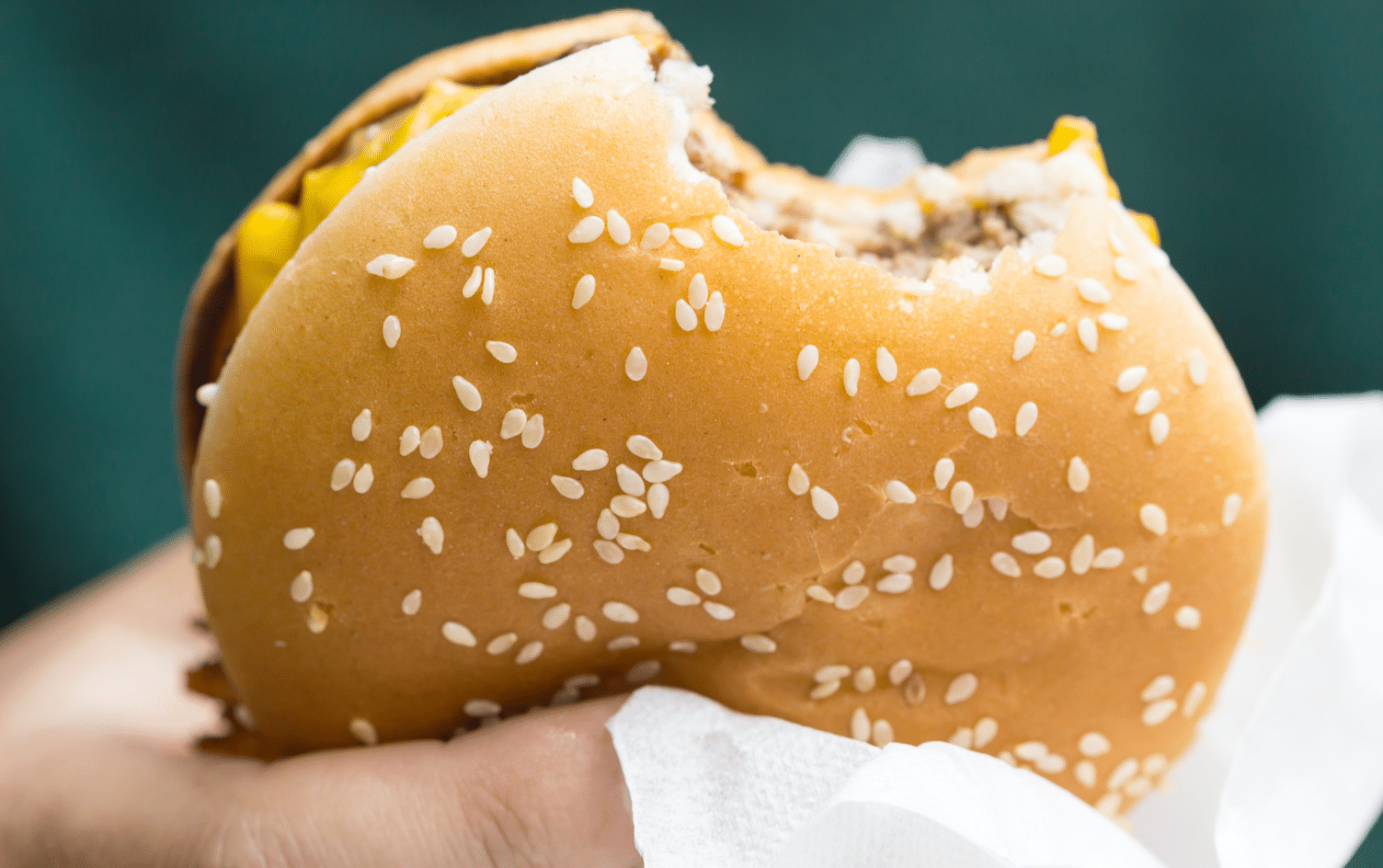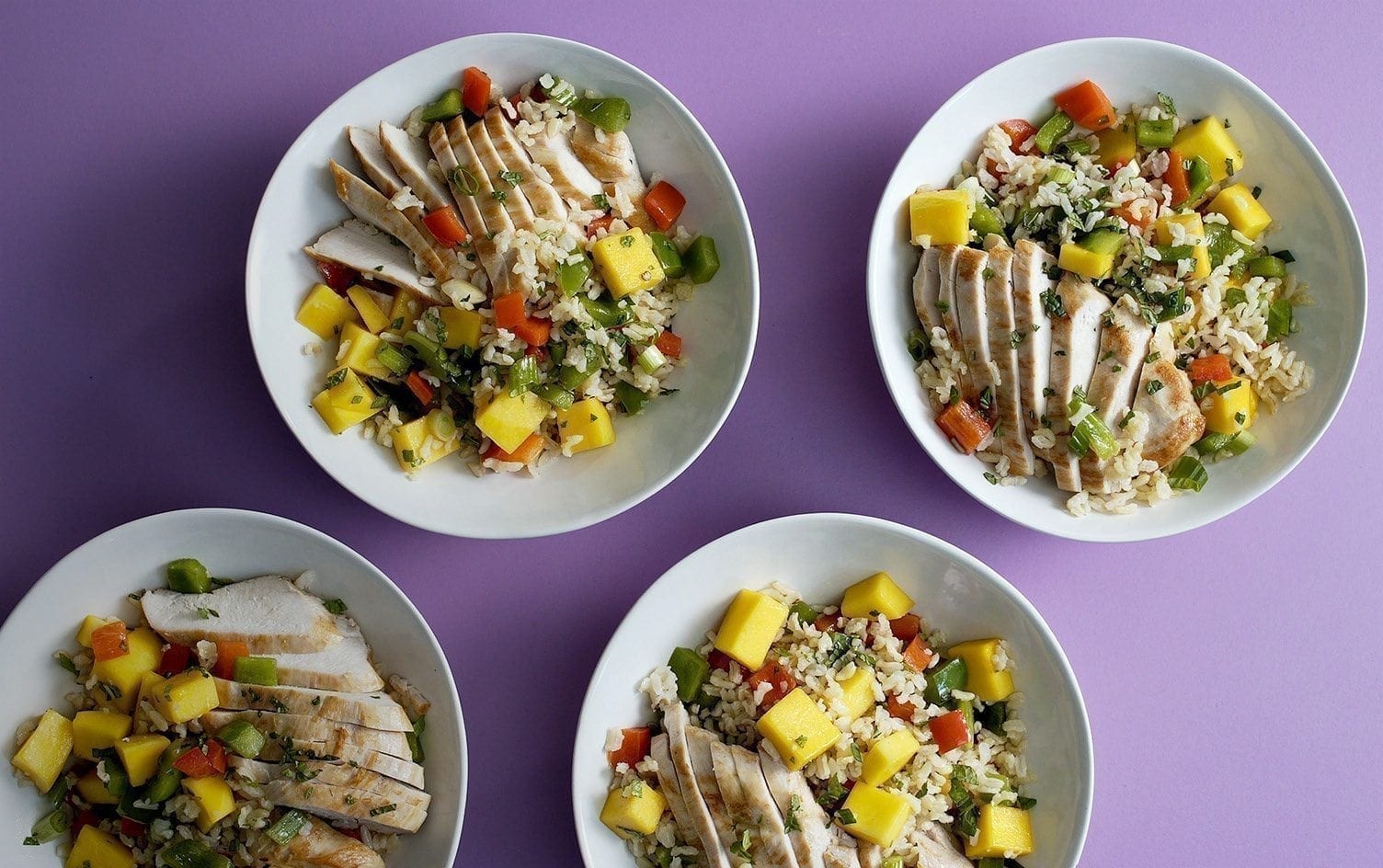We’re big believers in supporting everyone’s different needs for different types of exercise. Maybe you’re a marathon runner. That’s great! Maybe you’re going to run your first mile outside today. That’s great, too! It doesn’t matter what you do or your skill level as long as you’re pushing yourself to be the healthy best you can be.
Finding time to work out can sometimes feel like a luxury, so we need to make our exercise count. Here are the ten most important rules for successful exercise:
You might not need to follow all ten rules. And not all rules apply to all training regimens. That’s fine. But in my experience, both personally and as a coach, the people who get the most out of their workouts adhere to most of these rules.
1. DO THE THING YOU LOVE
Some fitness people like to talk tough. They’ll say things like “pain is weakness leaving the body” or “if you’re enjoying yourself, you’re not training.” I get where they’re coming from because hitting the truly elite levels of performance does require enduring pain and sacrifice and unpleasantness and, frankly, momentary bouts of abject misery. But even the triathletes subjecting themselves to crippling pain do so out of love.
The biggest benefit to doing something you love for exercise is that you’ll actually do it. There’s not a ton of research on the matter, but what little exists suggests that “forced exercise” isn’t even as helpful as “voluntary exercise.” In mice with colitis, for example, forced treadmill running exacerbates intestinal inflammation enough to kill the mice, while voluntary running attenuates it and keeps them alive. And in a rodent model of Alzheimer’s disease, voluntary exercise was superior to forced exercise at reducing plaque deposition and memory impairment. That’s pretty huge, I’d say.
2. GET A WORKOUT BUDDY (OR BUDDIES)
You’re not just toughing it out on your own anymore. And it goes beyond having a spotter. Find a tribe of likeminded individuals to push each other, offer encouragement, suffer and succeed together. Research confirms the benefits of this kind of camaraderie in the gym:
- Working out in a group boosts the stress reduction we get from exercise.
- Even working out in the presence of another person reduces the perceived effort of the exercise.
- Train with someone who’s stronger/faster/fitter. If you think your workout partner is doing better than you, you’ll work harder.
- Exercising with a member of the opposite sex has been shown to also reduce perceived exertion.

3. WORK OUT OUTSIDE
Taking in a sunset snuggled up with your sweetheart is amazing. Going camping for a half week really recharges your body and soul (and resets your circadian rhythms). Simply being in green space has health benefits. But we’re not only meant to passively and calmly experience the great outdoors on a regular (as close to constant) basis. We should be physically engaging with them, propelling our bodies through three dimensional space at high speeds while immersed in fresh air and unfiltered sunlight.
Exercising outdoors makes exercise more enjoyable. The more enjoyable it is, the more likely we are to do it. There are also psychological benefits, according to a 2011 meta-analysis. Outdoor workouts resulted in greater revitalization, increased energy, and more positive engagement with the activities, along with less depression, anger, confusion and tension. I mean, the love of exercise in an outdoor setting even smashes the divisions between species and phyla. If a slug will do it, you have no excuses.
Oh, and if you need the boost, the sunlight will increase testosterone levels via vitamin D production. That’s always nice and helpful for workout recovery.
4. INCORPORATE PLAY TO MAKE THE WORKOUTS FUN
One surefire way to make exercise more enjoyable — and more sustainable — is to play. Instead of pounding out an hour on the stationary bike, go mountain biking. Instead of doing box jumps, play leapfrog with a friend (or do leapfrog burpees). Instead of lifting weights, lift oddly shaped objects or oddly shaped people. Instead of running aimlessly, go play sports where you run to get places and catch balls and make baskets (might I recommend Ultimate?).
Or you could overhaul your entire workout program and base the whole thing on play from the ground up. If this sounds interesting, you’ll want to attend a Primal Playout hosted by Darryl Edwards. The guy lives for play and has built up an impressive physique and a lot of strength and power and athleticism simply by having fun. Follow his Twitter and if he’s coming to a town near you, go see him (he’s also a regular presenter at PrimalCon, so check that out too).
READ MORE > 7 KID-INSPIRED ACTIVITIES THAT ARE LEGIT WORKOUTS
By framing your workouts as a “fun activity,” they become their own reward and you’re less likely to reward yourself with junk food afterwards. Oh, and fun is really fun.
5. MAKE YOUR WORKOUT MEANINGFUL AND PURPOSE-DRIVEN
A big problem that prevents people from working out is that it all feels so meaningless. Let’s face it: going to the gym to lift weights just so you can put them back down or walking on a treadmill for an hour without going anywhere feels pointless on some base level. It wasn’t always this way, though. Humans used to perform physically demanding tasks on a regular basis to live, eat and thrive. It wasn’t “exercise” or a “workout,” but it made us fit, strong and fast just the same.
Most of us can’t create a life where regular exercise is a prerequisite for survival (nor would we want to), but we can inject meaning and purpose into our movements. Simple things like working with your hands and building useful things, helping friends move, cleaning up a park or nature area, commuting to work on bike or on foot, or doing physical labor can give you a great workout and produce tangible and useful results. Those probably aren’t enough to get you as fit as you’d be lifting barbells or running sprints, but you can do both and still retain the sense of meaning.
6. FIND FLOW
Have you ever had a workout that feels effortless until it’s over, at which point you collapse under the weight of suddenly realized exertion? That’s flow. When he scored 13 points in 33 seconds, Tracy McGrady was deep in the flow state (or “the zone”). According to the father of flow research, Dr. Mihaly Csikszentmihalyi, we must engage in doable but difficult challenges that tap into our individual curiosities and interests while giving immediate feedback.
Luckily, an engaging workout tends to promote the flow state fairly easily as long as you’re looking for it. Try eliminating distractions that pull your attention from the task. Instead of running on a flat track, for example, go running on a trail that forces you to dodge rocks, jump roots and pay close attention to where your feet go; the time will fly by and you’ll probably go longer than you would have on the track.
7. SAVOR HOW EXERCISE MAKES YOU FEEL
Exercise is psychedelic. It expands and alters consciousness. It’s an escape from the drudgery of real life, of bills and deadlines and stress and neurotic thought-loops. It’s a narcotic, literally causing your brain to produce endogenous opioids and cannabinoids that get you high.
Good workouts reveal the extremes of subjective human experience. We get butterflies before a race or a particularly grueling sprint and feel the real anxiety of knowing you’re about to push your body to its limit. We know the joy of victory (even if it’s against your last workout’s self) and the crushing dejection of defeat. The ups, the downs, the all-arounds.
A good workout relaxes you. Food tastes better. The sunset’s prettier. Work stress is somehow less pressing. You’re confident after a workout. “Yeah, I just lifted that.” You feel sexier, too, because you’ve proven to yourself and the world that you know how to use and inhabit your body.
Even the unpleasant aspects of exercise — the sweat sting, the burn of the quads, the intense mental effort required to lift this weight or run that hill — should be savored. Drawing away from the pain is pointless; it’s there. By meeting it head-on, by enjoying it, we co-opt it for our own devices.
8. RELEASE YOUR ATTACHMENT TO THE OUTCOME
As a high-level endurance athlete, I was obsessed with the outcome. If I didn’t have the outcome – the finish line – I couldn’t have faced all the grueling torture required of elite endurance athletes.
But that’s no way to live. Detaching myself from the outcome and focusing on the journey to wherever it is I’m going was a game changer for my health, my happiness and ultimately my fitness. When you can immerse yourself in the journey, in the exercise itself as you’re doing it, great stuff happens. You hit the flow state more easily. You find yourself having fun again when you work out. You discover that training can be an end in itself, and your workouts are reinvigorated and more fruitful.
Keep your goals, of course. Just don’t forget to savor the journey and don’t let yourself fall to pieces in despair if the outcome differs from your expectations.
9. DECIDE IF YOU’RE TRAINING OR JUST EXERCISING
Which is it: training or exercising? Are you interested in being active, moving your body, getting generally fitter and stronger, staying fit, staying strong without adhering to any specific performance goals? Then you’re exercising. You have goals. They’re just more diffuse, like “get healthier.”
Or maybe you have a specific performance goal, like “deadlift 500 pounds” or “compete in Master’s marathon and actually compete.” Then you’re probably going to be training, which means a training program consisting of progression, regimentation, and maybe periodization. Training is stricter.
They’re both great, depending on your goals, but exercising when you should be training or training when all you really need is to exercise can make you miserable and render your workouts ineffective and meandering. So make a decision so you can achieve your goals.
My goal nowadays is to play until I’m old, so I train to maintain my fitness, my muscle mass, the strength of my connective tissue and my bone mineral density enough that I’m able to go out and have fun every single day.
10. TRY SOMETHING NEW
Humans are novelty seekers. It’s kind of what drove us to walk the entire globe, explore new surroundings, test our limits and become the apex predators on this planet. That hardwiring affects our relationship with everything- the media we consume, the games we play, the hobbies we spend time on, the relationships we forge and the exercises we do.
One way trying a new workout or exercise can help is by boosting enthusiasm. If you’re bored with your workout, you’re bored. You’re going through the motions. You’re doing the minimum and getting minimal results. If you’re excited about what you’re doing in the gym, on the track or on the trail, you’ll be more into it, and you’ll get more out of it. Novelty seekers often feel bad about their desire for something new; they shouldn’t. They should indulge it, especially when it comes to movement.
And when it comes to strength training, it might even be more effective to change up the exercises you do than simply increase the intensity (weight, volume, etc). In a recent study, researchers tested the effects of exercise variation in both beginning strength trainees and early advanced trainees. Compared to varying the intensity, varying the exercises yielded significant strength and hypertrophy gains in both groups. In the words of the lead researcher, changing up the exercises you do in the gym “seems to produce a more complete muscle activation hypertrophying all of the heads of multi-pennate muscles.”
As I said earlier, you don’t have to do everything on this list. But it wouldn’t hurt…
Originally posted on Mark’s Daily Apple. Which is your favorite tip? Let us know in the comments below!




